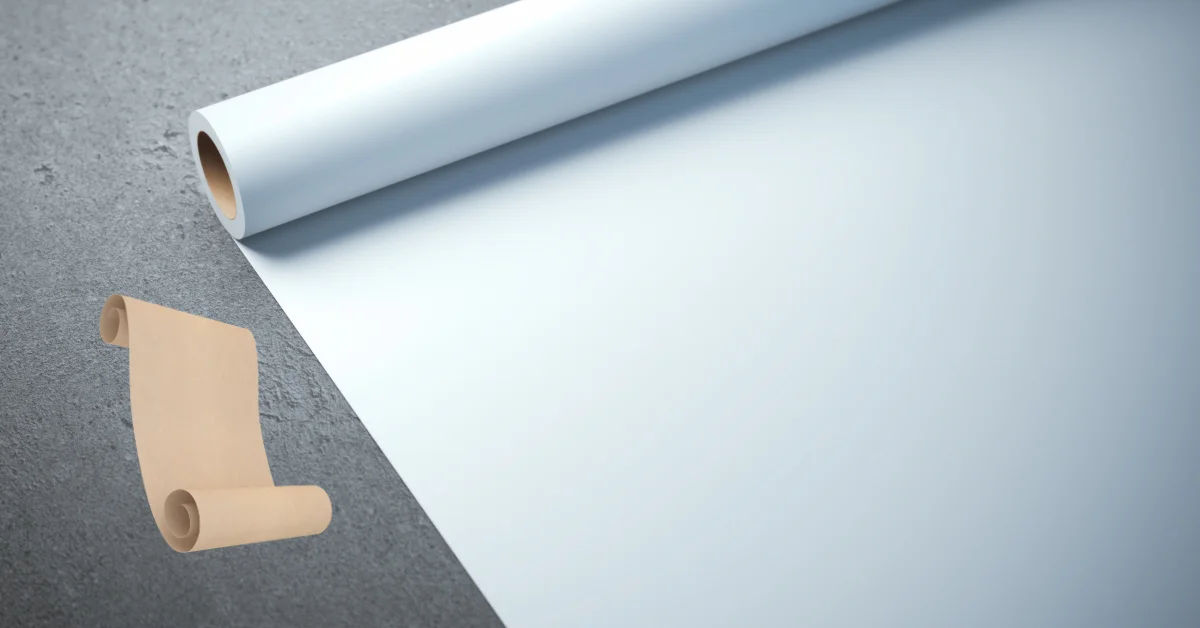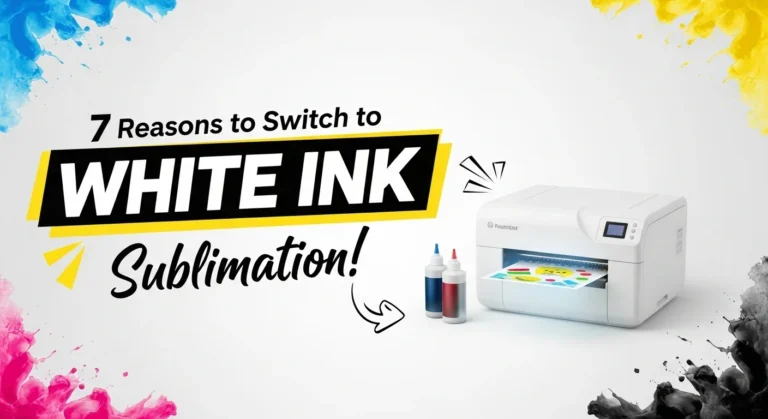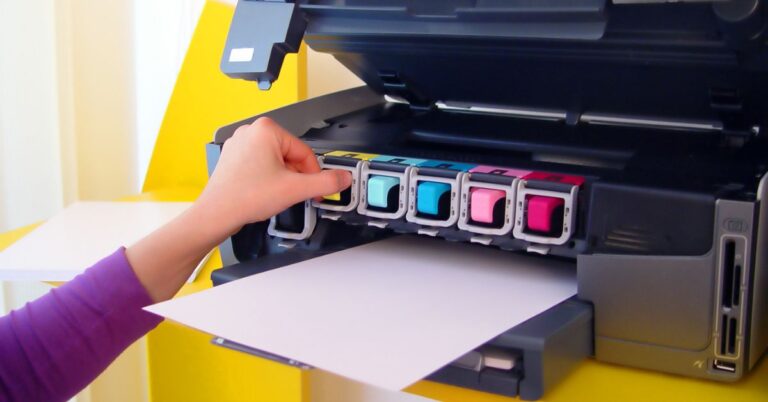Why Sublimation Protective Paper Transformed My Printing Projects
Learn why sublimation protective paper is essential for perfect prints. I share personal tips on choosing the right type and solving common issues. Find out more at Subli Genius Print.
If you’ve ever felt frustrated with imperfect prints or struggled to get your sublimation projects just right, you’re not alone. I’ve been there, too, grappling with the nuances of sublimation printing.
In this post, I’ll explain why protective paper is a game-changer, share my personal tips on using it effectively, and guide you to the best places to buy it. Whether you’re new to sublimation or a seasoned pro, these insights could transform your printing experience.
What is Sublimation Protective Paper?
Protective paper might sound like a niche product, but it plays a crucial role in the sublimation printing process. At its core, it’s a special type of paper designed to safeguard your prints during the heat transfer process.
So, what exactly does it do? During sublimation printing, the ink becomes a gas and bonds with the material you’re printing on. This creates a barrier that prevents ink from transferring to unintended areas, ensuring clean and precise prints. It also helps maintain the quality of your design and protects both the printing surface and your equipment.
Key Benefits:
- Prevents Ink Bleeding: Stops ink from spreading beyond the intended areas.
- Protects Equipment: Keeps your heat press and other tools clean from ink residue.
- Ensures Quality: Helps achieve sharper, more vibrant prints by keeping the ink where it should be.
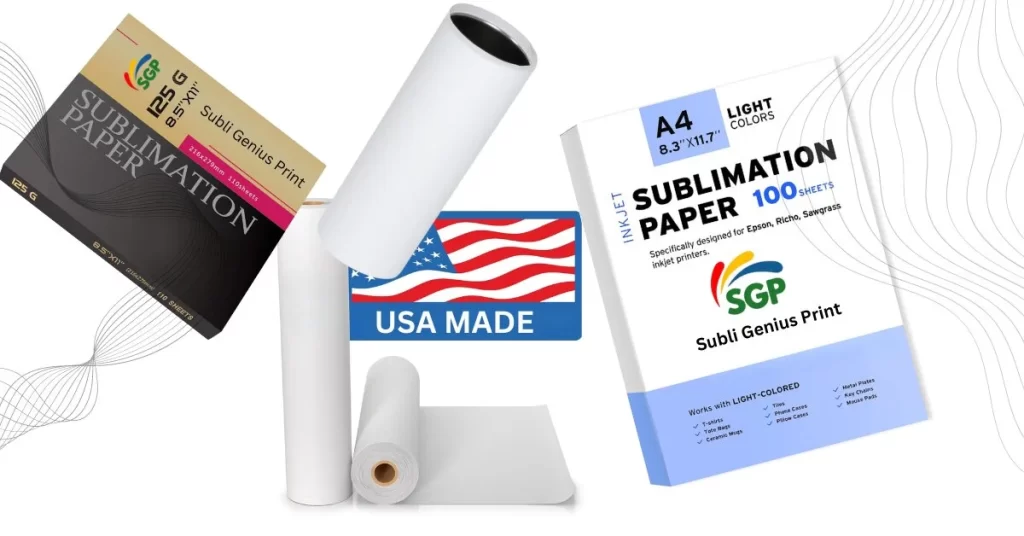
Choosing the Right Sublimation Protective Paper
Selecting the perfect paper can significantly impact the outcome of your printing projects. Here’s a guide to help you choose the right one for your needs:
1. Types of Protective Paper
- Standard Protective Paper: This is suitable for general use and works well for most sublimation projects. It offers basic protection and helps with ink containment.
- Specialty Papers: These include high-temperature-resistant or coated papers designed for specific applications. They may be better for detailed or high-resolution prints.
2. Factors to Consider
- Thickness: The thickness of the paper can affect how well it absorbs and holds ink. Thicker papers often provide better protection and can handle higher temperatures without breaking down.
- Heat Resistance: Ensure the paper can withstand the temperatures used in your heat press. Papers with high heat resistance help prevent damage or smudging during the transfer process.
- Compatibility: Ensure the paper and sublimation ink are compatible with your printer. Some papers are designed for specific ink types or printers, so check the manufacturer’s recommendations.
Check out Cricut Sublimation Transfer Paper: The Best Choice for You
3. Quality and Brand
- Reputation: Opt for well-known brands with positive reviews. High-quality paper from reputable brands usually offers better results and consistency.
- Customer Feedback: Look for reviews from other users who have similar projects. Their experiences can give you insights into the performance and reliability of different papers.

How to Use Sublimation Protective Paper
Using protective paper correctly is essential for achieving the best results in your printing projects. Here’s a step-by-step guide to help you get it right:
1. Preparation
- Print Your Design: Start by printing your design on sublimation paper. Make sure to use the correct settings for your printer and sublimation ink. Check out How to Adjust Sublimation Paper Settings for Perfect Prints.
- Cut the Protective Paper: Cut the paper to the size of your print or slightly larger. This ensures it covers the entire design area and protects against any potential bleed.
2. Application Process
- Positioning: Place the protective paper over your printed design. Ensure it is aligned properly and covers the entire area where the ink will transfer.
- Heat Press Setup: Set your heat press to the recommended temperature and time for your sublimation project. Check the manufacturer’s guidelines for the best settings for your specific protective paper and materials.
- Pressing: Place the item you’re printing on (such as a T-shirt or mug) on the heat press, followed by the protective paper. Close the press and apply heat as directed. The protective paper will absorb any excess ink and prevent it from spreading to other areas.
3. Post-Printing Care
- Removing the Paper: Once the heat press cycle is complete, carefully remove the protective paper. Allow the printed item to cool before handling.
- Inspect the Print: Check the quality of your print. The protective paper should have helped maintain sharp edges and vibrant colors. If you notice any issues, such as smudging or ink bleed, adjust your process or try a different type of protective paper for future prints.
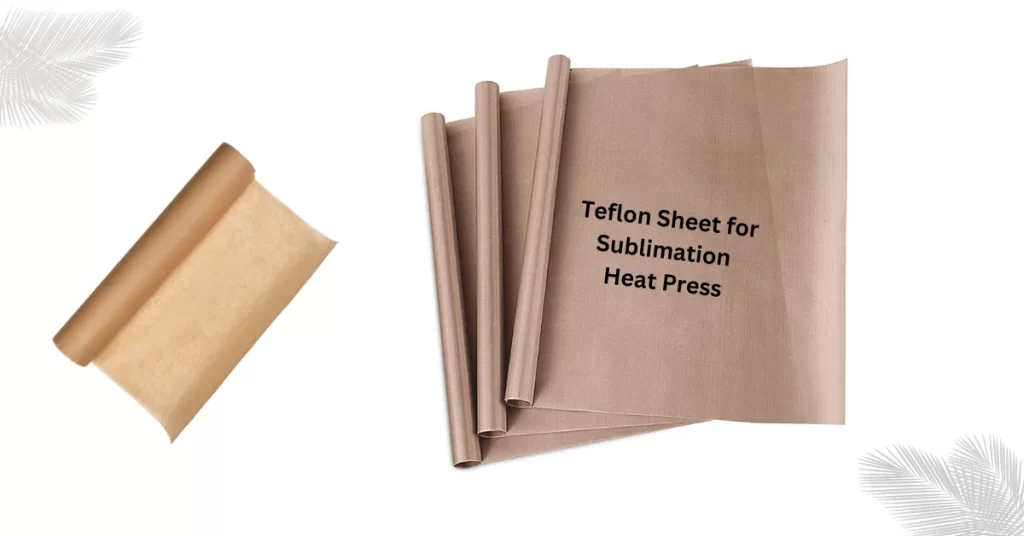
The Role of Teflon Sheets and Butcher Paper
Teflon Sheets:
it, heat-resistant transfer sheets, are a fantastic alternative to traditional sublimation paper. Here’s why:
- Heat Resistance: Teflon sheets can withstand high temperatures without melting or sticking to your substrate. They’re perfect for protecting your heat press and ensuring smooth transfers.
- Reusable: Unlike disposable sublimation paper, Teflon sheets are reusable. After each transfer, simply wipe them clean, and they’re ready for the next project.
- Versatility: Teflon sheets work well with various substrates, including fabrics, ceramics, and metal. Use them for T-shirt transfers, mugs, coasters, and more.
- Non-Stick Surface: The non-stick surface prevents ink from adhering to the sheet, ensuring crisp, vibrant prints.
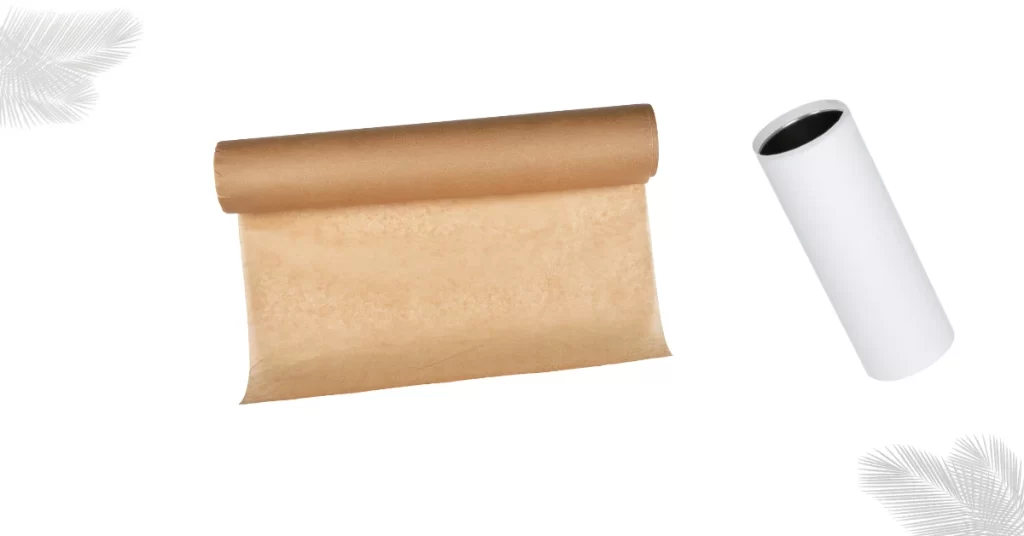
Butcher Paper:
It, commonly used in the culinary world, can be an alternative to sublimation paper. Here’s why it’s worth considering:
- Cost-Effective: Butcher paper is affordable and readily available. You can find it at most grocery stores or online.
- Absorbent: It absorbs excess ink during sublimation, preventing bleeding or smudging. Just make sure to use a clean sheet for each transfer.
- Texture: Butcher paper has a slightly textured surface, which can add a unique look to your sublimated designs.
- Eco-Friendly: If you’re conscious of environmental impact, it is a greener option than disposable sublimation paper.
Remember to adjust your heat press settings when using these alternatives, as they may have different heat conductivity properties. Always perform test transfers to ensure optimal results.
Where to Buy Protective Paper for Sublimation
Finding the right place to buy you can make a big difference in your printing results. Find the best suppliers and get the best deals:
1. Top Suppliers
- Specialized Printing Suppliers: Look for companies that specialize in sublimation printing supplies. These suppliers often have a range of protective papers designed specifically for different needs. Examples include Subli Genius Print, which offers a variety of high-quality protective papers.
- Art and Craft Stores: Some art and craft stores carry sublimation supplies, including protective paper. These stores might have fewer options, but they can be convenient for quick purchases.
- Online Marketplaces: Websites like Amazon or eBay can be good places to find sublimation protective paper. Be sure to check seller reviews and product ratings to ensure quality.
2. Price Comparison
- Typical Price Ranges: Prices vary based on size, thickness, and brand. Generally, you can expect to pay between $20 to $50 for a pack, depending on these factors.
- Factors Affecting Cost: Higher-quality papers or specialty papers designed for specific uses may cost more. Bulk purchases often come with discounts, so consider buying in larger quantities if you print frequently.
3. Customer Reviews and Ratings
- What to Look For: Read customer reviews to gauge the protective paper’s performance and reliability. Positive feedback and high ratings usually indicate a good product.
- Common Feedback: Look for comments on the paper’s durability, ease of use, and effectiveness in preventing ink bleed. This information can help you make an informed decision.
Troubleshooting Common Issues
Even with the best sublimation paper, you might encounter some challenges during printing. Here’s a guide to help you address and solve common issues:
1. Problems with Transfer Quality
- Issue: Blurry or Smudged Prints
- Possible Causes: Incorrect temperature or pressure settings, poor-quality protective paper, or misalignment of the paper.
- Solutions: Double-check your heat press settings against the manufacturer’s recommendations. Ensure the protective paper is properly aligned and not moving during the press. If issues persist, try using a higher-quality protective paper.
- Issue: Inconsistent Colors or Faded Prints
- Possible Causes: Uneven heat distribution, low-quality ink, or issues with the protective paper.
- Solutions: Ensure your heat press provides even heat distribution. Verify that you’re using high-quality sublimation ink and consider testing different protective papers if color consistency remains problematic.
2. Paper Quality Concerns
- Issue: Protective Paper Tears or Breaks Down
- Possible Causes: Paper not suitable for the temperature used, or it’s too thin for your project.
- Solutions: Check the recommended temperature range for your protective paper. If you’re using high temperatures, ensure the paper can handle them. If necessary, opt for a thicker or more heat-resistant paper.
- Issue: Residue or Marks Left on the Printed Item
- Possible Causes: Ink residue from the protective paper or excessive ink bleed.
- Solutions: Use a protective paper with a good ink absorption capacity. Ensure the paper is properly positioned to prevent ink from transferring to unwanted areas. Clean your heat press regularly to avoid residue buildup.
3. Handling Issues
- Issue: Difficulty Removing the Protective Paper
- Possible Causes: Paper sticking to the print or tearing during removal.
- Solutions: Allow the print to cool slightly before removing the protective paper. Use a slow and steady hand to peel it off. If the paper sticks, it might be too thick for the process, or the temperature might have been too high.
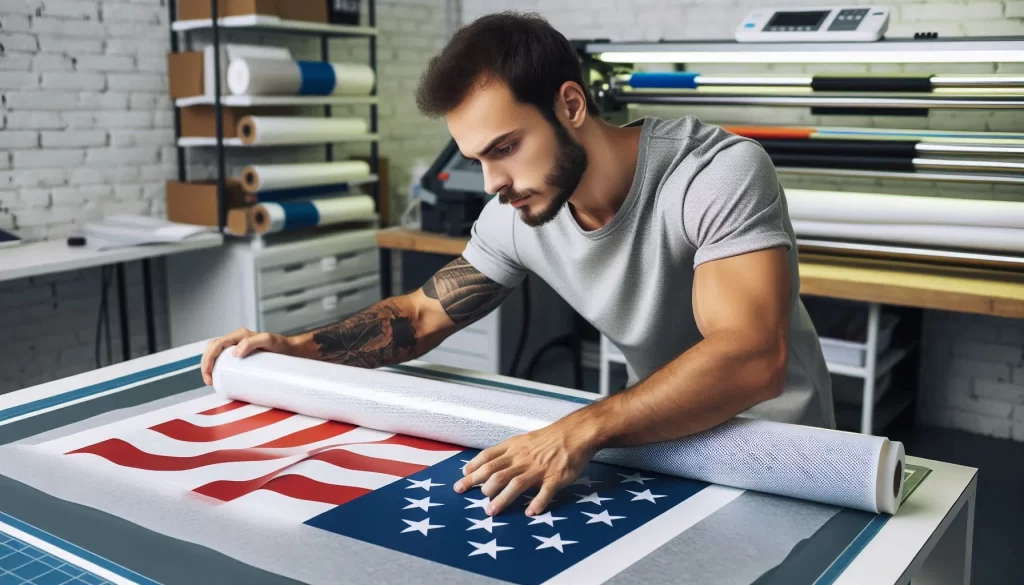
Final Thoughts:
Using sublimation protective paper effectively can make a world of difference in the quality of your prints. Whether you’re new to sublimation or a seasoned pro, understanding how to choose and use this essential tool can help you achieve cleaner, more vibrant results.
To recap, selecting the right protective paper involves understanding its purpose, choosing the appropriate type and thickness, and following proper application techniques.
Remember to buy from reputable suppliers, consider price and quality, and be prepared to troubleshoot common issues that may arise.
Ready to elevate your sublimation projects? At Subli Genius Print, you can explore premium options and find the perfect protective paper for sublimation. Your next print could be just one choice away from perfection!
